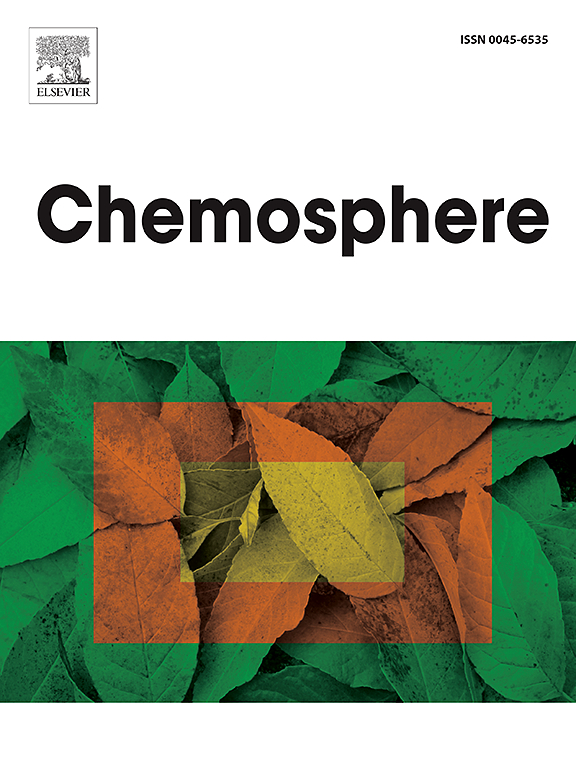Ten years of PFOS and PFOA human biomonitoring in Italy: Exposure levels and determinants of exposure
IF 8.1
2区 环境科学与生态学
Q1 ENVIRONMENTAL SCIENCES
引用次数: 0
Abstract
Per- and polyfluoroalkyl substances (PFAS) are industrial chemicals widely diffused in the environment and associated with toxic effects on humans. They became a global issue because of their environmental mobility and persistence. Control measures have been adopted to reduce their environmental presence and human exposure.
Human biomonitoring studies have been conducted worldwide to estimate human exposure to these chemicals and to identify determinants of exposure, in order to provide indications to refine regulatory policy.
In this paper, we studied concentrations of two legacy PFAS, Perfluorooctanoic acid (PFOA) and perfluorooctane sulfonate (PFOS), in human serum. Serum samples were collected in Italy between 2007 and 2017 together with information on characteristics and lifestyle of the study participants. We applied univariate and multivariate statistical analyses to the resulting database to identify major determinants of PFAS exposure over time and in different exposure scenarios. PFOA concentrations ranged over four orders of magnitude, with a median value of 2.4 ng/mL and PFOS concentrations ranged over three orders of magnitude with a median value of 4.6 ng/mL. We identified exposure scenario and sex as the major factors in determining PFAS concentrations. In subjects at background PFAS exposure, we identified as other relevant determinants age, geographical area, degree of urbanization, level of education and skill level in occupation. A declining time-trend was observed for PFOA but not for PFOS.
This study provided information about determinants of PFOA and PFOS human exposure in Italy. Results can support defining measures to limit future human exposure to these persistent contaminants.

意大利全氟辛烷磺酸和全氟辛酸人体生物监测十年:暴露水平和暴露的决定因素
本文章由计算机程序翻译,如有差异,请以英文原文为准。
求助全文
约1分钟内获得全文
求助全文
来源期刊

Chemosphere
环境科学-环境科学
CiteScore
15.80
自引率
8.00%
发文量
4975
审稿时长
3.4 months
期刊介绍:
Chemosphere, being an international multidisciplinary journal, is dedicated to publishing original communications and review articles on chemicals in the environment. The scope covers a wide range of topics, including the identification, quantification, behavior, fate, toxicology, treatment, and remediation of chemicals in the bio-, hydro-, litho-, and atmosphere, ensuring the broad dissemination of research in this field.
 求助内容:
求助内容: 应助结果提醒方式:
应助结果提醒方式:


